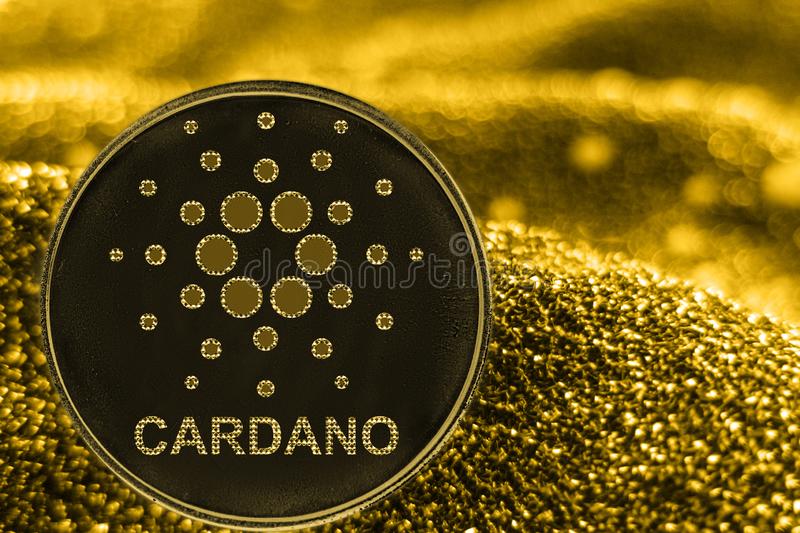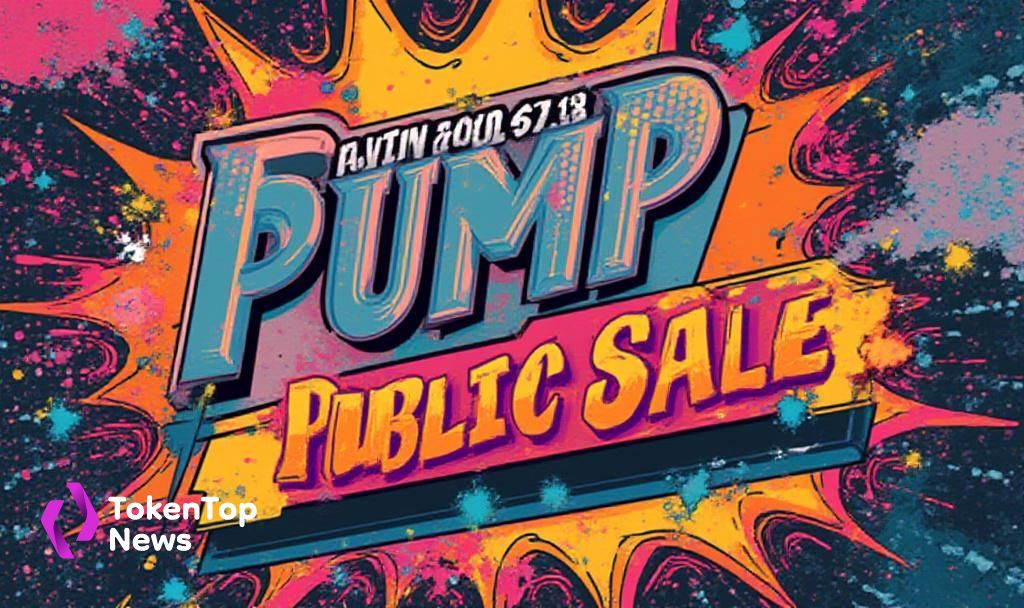After the introduction of smart contracts, Cardano is now about scaling and optimization

Last year, Cardano celebrated a major milestone with the launch of smart contracts on its mainnet. Since then, the network has enjoyed great popularity and is striving to overtake its direct competitor, Ethereum. To achieve this, Input-Output Hong Kong (IOHK), the developer organization of the Cardano blockchain, places great emphasis on scaling and optimizing the Cardano project. In a recent blog post, the team shared their findings and what’s next.
Ethereum – Cardano’s main competitor – is still struggling with scaling and optimization issues years after its launch. Cardano already boasts better data throughput as it employs Proof-of-Stake mechanism as opposed to Ethereum’s Proof-of-Work mechanism.
As Ethereum works to optimize and scale with the long-awaited launch of Ethereum 2.0, Cardano aims to stay ahead and has announced a series of measures to improve the network. This includes:
Increasing the block size
The larger the block, the more transactions can be carried out. That’s why IOHK is working to increase the block size, and it’s now at 72 KB, eight more than before — a 12.5% increase.
Memory and CPU usage
Plutus – Cardano’s smart contract language – is actively being improved, with recent improvements coming in the form of memory improvements in handling unspent transaction output, stake distribution, live stake distribution, pools, as well as hash representation.
script extension
In addition, the team plans to use the powerful EUTXO model more effectively. This is to be achieved, among other things, by reference inputs (CIP-0031) and the sharing of scripts (CIP-0033).
Node expansion and disk storage
Two other on-chain improvements IOHK is considering are improving the node to support the distribution of stake and reward calculations, and storing parts of the log state on disk. Both are intended to significantly improve the blockchain and lead to an optimized, scalable network.
Cardano off-chain solutions
Besides the on-chain solutions listed above that the platform plans to deploy, there are several off-chain solutions to mitigate the problem. Measures such as the use of sidechains will allow tokens and other digital assets of one chain to be used in another chain. This is done using the tried and tested bridging technology.
Hydra, which helps process off-chain transactions more efficiently, and Mithril, which helps with scalability, are also part of the project. In addition, off-chain computing is being used to improve the efficiency of networks by offloading some calculations, making transactions much faster and cheaper.
Cardano (ADA) price update
After a stellar performance in the first half of 2021, culminating in it making it into the top three coins by market cap, the Cardano token ADA has again seen its value decline significantly. ADA lost almost 60% from its all-time high of $3 on September 21. But now the altcoin is in the green, trading around $1.30 after gaining nearly 5% in the last 7 days.
Despite the slow start to the year, the altcoin is a popular option for many investors and analysts. Among them is Lark Davis, who ranks him among his favorites for 2022.




